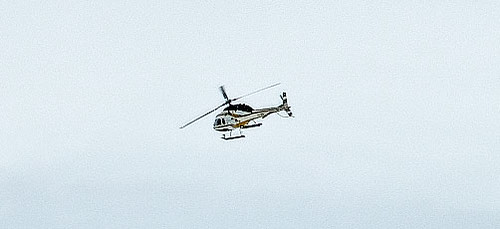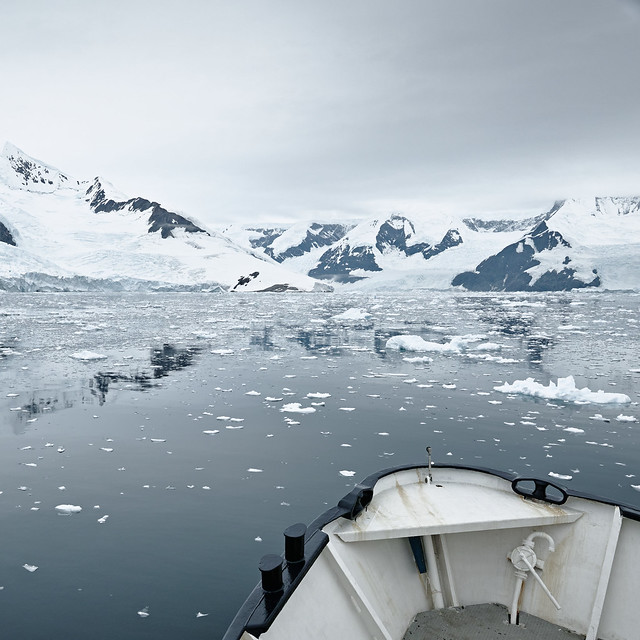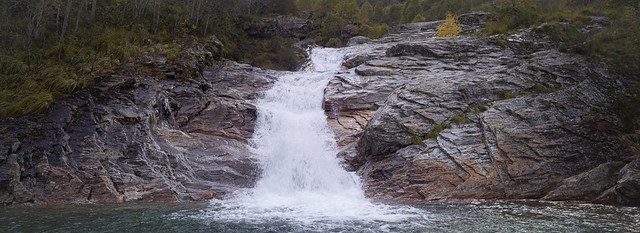Going wide in Antarctica
a weird, but wonderful camera
I have written more than one post about my enthusiasm for the Sigma dp0 Quattro. Having just completed editing the series of photos I took with it in Antarctica little over a year ago, I felt like writing a bit more.
For me the dp0 plays the role of high quality digital panoramic camera, hence my describing it as the digital XPan, with a similar multi-aspect ratio, except in this case the “single frame” is actually has the same long-edge resolution as the panorama.
So, the dp0 panorama mode is a crop, but for me the fact that I get the crop (a rather unique 21:9) on screen means that I can compose in panoramic mode, rather that crop afterwards in post production, and that makes a big difference. It means I can set my creative brain to panoramic mode and not get distracted by elements outside of the composition. But it also means I can move the panoramic frame in post, which essentially gives me positive and negative shift control. Of course this is all artificial, and yes, to some extent you can do it with any camera, but there is a psychological aspect to this which makes me feel like I’m using a true panoramic camera and therefore helps me find appropriate compositions. It would be even better if Sigma introduced a firmware upgrade which allowed me to shift the frame up or down in-camera.
But apart from all the pseudo-panorama babble, what brings me back to the dp0 time and time again is the delicate colour and superfine detail that comes from the combination of the fixed 14mm lens and the Foveon sensor. I don’t really mean detail in the pixel-peeping sense: sure you zoom in to 100% and see amazing resolution. In fact you can go beyond, almost to 300% before things start to break down, but to my eyes there is something about the detail at any zoom level. It looks quite different to other digital cameras, even medium format.
The other thing about the dp0 is how light it is, especially given what it delivers. The unique shape makes it a little cumbersome to pack, not to mention a reliable attention grabber on the street, but generally it is very easy to carry around, and once you get used to its different way of doing things, quite a pleasure to use.
All of this adds up to a camera which very easily justifies its space in the very limited luggage one can carry to Antarctica, especially when sailing on a small boat.
I find that the dp0 - and indeed, the DP2 Merrill I used previously - responds very well to Antarctic light and atmospheric conditions. It excels at conveying the unreal sense of detail that you see in the landscape, where the lack of humidity and pollutants in the air allow even very distant scenes to appear crystal clear. Of course it does have drawbacks too: dynamic range is not great, and highlight clipping is generally completely irrecoverable. Highlights also clip very abruptly, which also places limitations on some types of long exposure where brighter areas can burn out in a very ugly way. Having said all that, when it works, it works like nothing else I’ve ever used.
I recently published a photo diary of dp0 shots - a mix of full frame and panoramic. Here are a few more shots which I didn’t include there.
To give some idea of the detail, the speck in the air to the left in the photo above is a helicopter. At 1:1 it looks like this:



















